How to Imagine a Picture Book World • By Natascha Biebow
The World's A Wonderful Place If You Can Only Visualize It!

When children are young, their actual world is relativelysmall and they are just beginning to grasp what the wider world looks like. Day-to-dayrevolves around home, routines, family, the neighbourhood, nursery andpreschool, and everyday tasks and celebrations. Yet young children have vivid imaginationswith almost unlimited scope. From just under a year, their pretend play takesoff and they soon start to play with props and people around them as if theywere real.
Enriched pretend play helps young children develop empathyand social skills, learn new concepts, gain confidence and independence, understandhow the world works, and improve motor skills.

When children see the possiblities in books, this can bothvalidate their imaginative play and serve as a springboard for new ideas.


In picture books, writers and illustrators can do just aboutanything as long as the internal logic is sound.
Pairing seemingly random characters and objects together create such interesting, fun and compelling worlds.
A bucket portal into an ocean world? Yes!
 From Billy's Bucket by Kes Gray and Garry Parsons
From Billy's Bucket by Kes Gray and Garry ParsonsOr even a bucket that is full of dinosaurs – didn’tyou know?
 From Harry and the Bucketful of Dinosaurs Go to School by Ian Whybrow and Adrian Reynolds
From Harry and the Bucketful of Dinosaurs Go to School by Ian Whybrow and Adrian Reynolds
Dragons that wear underpants. Of course!
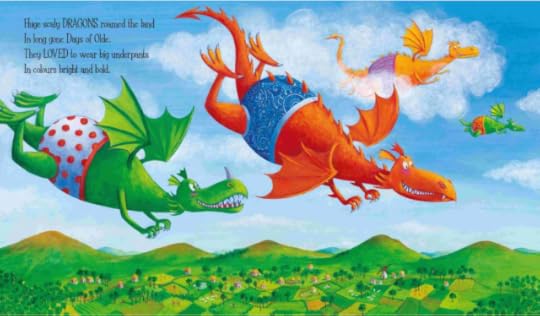 From Dragons Love Underpants by Claire Friendman and Ben Cort
From Dragons Love Underpants by Claire Friendman and Ben CortA Tiger who drinks all the water in the tap – certainly.
 From The Tiger Who Came to Tea by Judith Kerr
From The Tiger Who Came to Tea by Judith KerrA dragon who scarfs tacos?
 From Dragons Love Tacos by Adam Rubin
From Dragons Love Tacos by Adam RubinA generous witch with room for everyone on her broom . . .
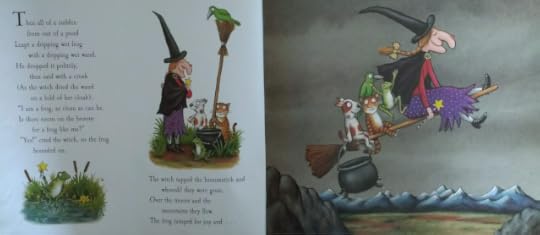 From Room on the Broom by Julia Donaldson and Axel Sheffler
From Room on the Broom by Julia Donaldson and Axel ShefflerA boy who can sail alone to the land of the monsters and be King . . .
 From Where the Wild Things Are by Maurice Sendak
From Where the Wild Things Are by Maurice Sendak
A seed who is bad (but doesn't mean to be)?
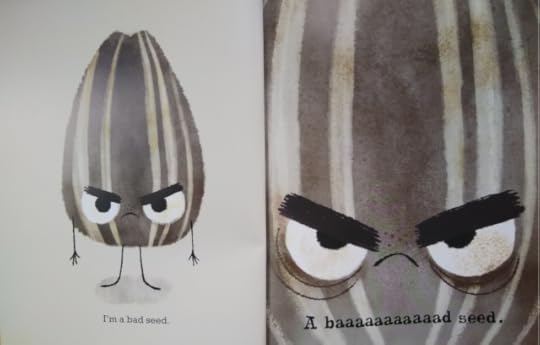 From The Bad Seed by Jory John and Pete Oswold
From The Bad Seed by Jory John and Pete OswoldCows that type and Ducks that negotiate. . .
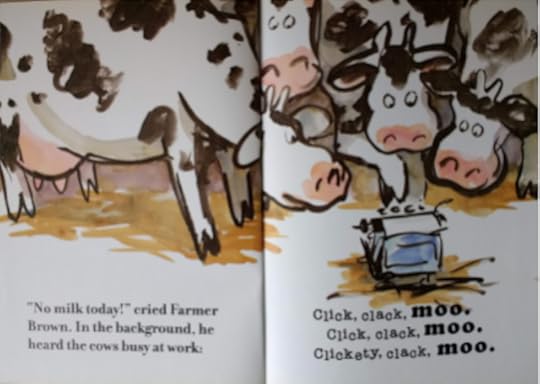 From Click, Clack, Moo, Cows That Type by Doreen Cronin and Betsy Lewin
From Click, Clack, Moo, Cows That Type by Doreen Cronin and Betsy Lewin
Crayons that rebel . . .
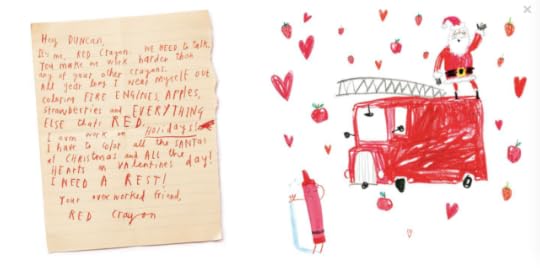 From The Day the Crayons Quit by Drew Daywalt
From The Day the Crayons Quit by Drew DaywaltA pigeon who wants to drive a bus . . .?
 From Don't Let the Pigeon Drive the Bus! by Mo Willems
From Don't Let the Pigeon Drive the Bus! by Mo Willems
A snowdog that can fly!
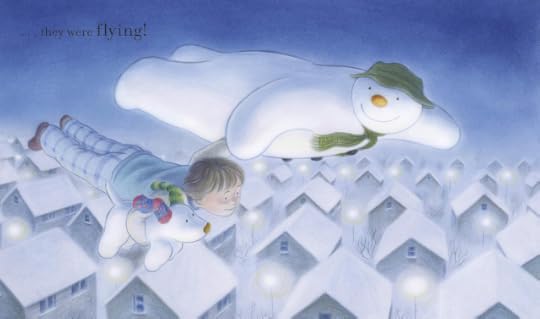 From the Snowman and the Snowdog based on the characters created by Raymond Briggs
From the Snowman and the Snowdog based on the characters created by Raymond Briggs
EVERYTHING is possible!
Imaginative play is empowering and fun. And it’s a greatexcuse to just PLAY.
What book world will you create? Where will you go and who will be there?
_________________________________________________________________
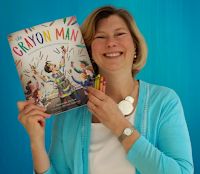 Natascha Biebow, MBE, Author, Editor and Mentor Want to level up your picture books? I am launching a new online picture book course!
Natascha Biebow, MBE, Author, Editor and Mentor Want to level up your picture books? I am launching a new online picture book course!
Natascha is the author of the award-winning The Crayon Man: The True Story of the Invention of Crayola Crayons, illustrated by Steven Salerno, winner of the Irma Black Award for Excellence in Children's Books, and selected as a best STEM Book 2020. Editor of numerous prize-winning books, she runs Blue Elephant Storyshaping, an editing, coaching and mentoring service aimed at empowering writers and illustrators to fine-tune their work pre-submission, and is the Editorial Director for Five Quills. Find out about her picture book webinar courses! She is Co-Regional Advisor (Co-Chair) of SCBWI British Isles and was awarded an MBE for her services to children's book writers and illustrators. Find her at www.nataschabiebow.com
@font-face {font-family:"Cambria Math"; panose-1:2 4 5 3 5 4 6 3 2 4; mso-font-charset:0; mso-generic-font-family:roman; mso-font-pitch:variable; mso-font-signature:-536870145 1107305727 0 0 415 0;}@font-face {font-family:Calibri; panose-1:2 15 5 2 2 2 4 3 2 4; mso-font-charset:0; mso-generic-font-family:swiss; mso-font-pitch:variable; mso-font-signature:-536859905 -1073732485 9 0 511 0;}p.MsoNormal, li.MsoNormal, div.MsoNormal {mso-style-unhide:no; mso-style-qformat:yes; mso-style-parent:""; margin:0cm; mso-pagination:widow-orphan; font-size:12.0pt; font-family:"Calibri",sans-serif; mso-ascii-font-family:Calibri; mso-ascii-theme-font:minor-latin; mso-fareast-font-family:Calibri; mso-fareast-theme-font:minor-latin; mso-hansi-font-family:Calibri; mso-hansi-theme-font:minor-latin; mso-bidi-font-family:"Times New Roman"; mso-bidi-theme-font:minor-bidi; mso-font-kerning:1.0pt; mso-ligatures:standardcontextual; mso-fareast-language:EN-US;}.MsoChpDefault {mso-style-type:export-only; mso-default-props:yes; font-family:"Calibri",sans-serif; mso-ascii-font-family:Calibri; mso-ascii-theme-font:minor-latin; mso-fareast-font-family:Calibri; mso-fareast-theme-font:minor-latin; mso-hansi-font-family:Calibri; mso-hansi-theme-font:minor-latin; mso-bidi-font-family:"Times New Roman"; mso-bidi-theme-font:minor-bidi; mso-fareast-language:EN-US;}div.WordSection1 {page:WordSection1;}



